Agile is a set of values and principles that help organizations create great products and services. Scrum and Kanban are frameworks that help teams follow the Agile principles and get work done in an Agile way.
Scrum and Kanban both have some similarities that in both the frameworks work is done iteratively with a focus on reducing waste.
There are some differences as well. Kanban methodologies are continuous and more fluid, whereas scrum is based on short, structured work sprints. Let’s discuss the key differences between them,
Roles and responsibilities
Delivery timelines
Work assignment and prioritization
Release methodologies
Scoping and modifications
Measurement of productivity
1. Roles and responsibilities
Scrum has pre-recommended roles - Product Owner, Scrum Master, and the development team. These roles and their responsibilities are crystal clear to everyone in the team.
Kanban has no predefined roles as they are in Scrum. It promotes maintaining and respecting each other’s responsibilities as a team. It offers more flexibility in terms of work and the team is encouraged to work collaboratively.
2. Delivery timelines
In Scrum, deliverables are divided into Sprints of predefined time periods, usually one to four weeks of a sprint.
Kanban is based on a continuous flow and does not enforce any time limits. The deliverables are delivered based on needs.
3. Work assignment and prioritization
Both Scrum and Kanban use the pull technique to allocate new tasks among teams but in two totally different ways.
In Scrum, tasks are pulled in batches and the process happens only at the start of each sprint.
In the case of Kanban, it allows the team to pull new tasks only once the previous task is completed.
4. Release Methodology
In Scrum, work is delivered in batches at the end of each sprint.
In Kanban, as it is a continuous flow process each task is delivered when it is completed
5. Scoping and Modifications
In Scrum, once the Sprint has started it does not allow any modifications in the current scope until the Sprint is completed.
Kanban is more flexible as compared to Scrum as changes can be made anytime in the timeline of a project. But of course, the modification is limited considering the work in progress limit.
6. Measurement of Productivity
In Scrum, productivity is measured in terms of velocity through Sprints. Sprint velocity is the amount of work a team can deliver at the end of a Sprint. It guides future sprint commitments, or how much work the team takes on in future sprints.
In Kanban, lead time and cycle time are used to measure the average amount of time that it takes for a task to move from start to finish. Kanban teams strive to improve cycle time by working together on removing bottlenecks.
Which is better for your needs?
Both Scrum and Kanban are powerful, proven process tools that can vastly improve your project management.
Scrum is suitable for projects with stable priorities that may not change as much over time. Kanban is best for projects with widely varying priorities.
The best option is to become familiar with both of them and experiment with various aspects of both in your production environment. Creating a hybrid of both is perfectly acceptable if that works best for you.
Final words
The principles of both Scrum and Kanban are largely the same. Both frameworks will help you build better products and services.
Both Scrum and Kanban work by breaking down large and complex tasks into smaller ones to be completed efficiently and in a time-based manner.
They place a high value on continuous improvement, optimization of the work in the process. They both focus on transparency and making the work visible that keeps all team members aligned.
Don’t ask, “kanban vs scrum.” Instead, ask “kanban or scrum” or even “kanban and scrum.” Make it more about the principles than the practices.
And more...
- Check Hybrowlabs for React app development services.


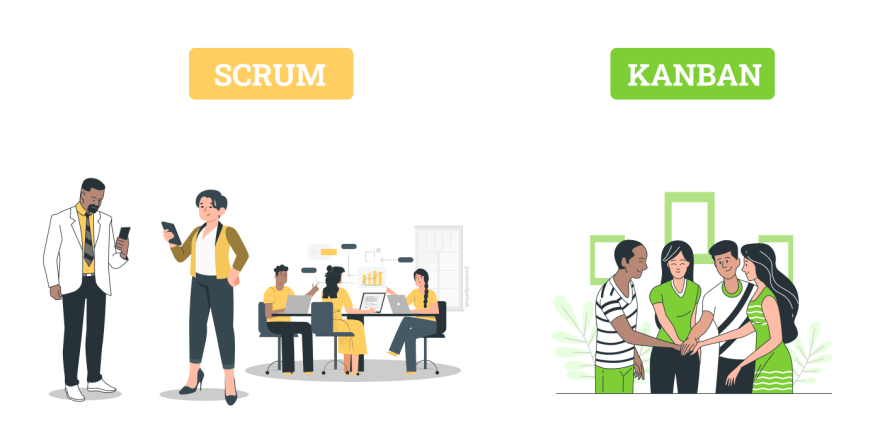
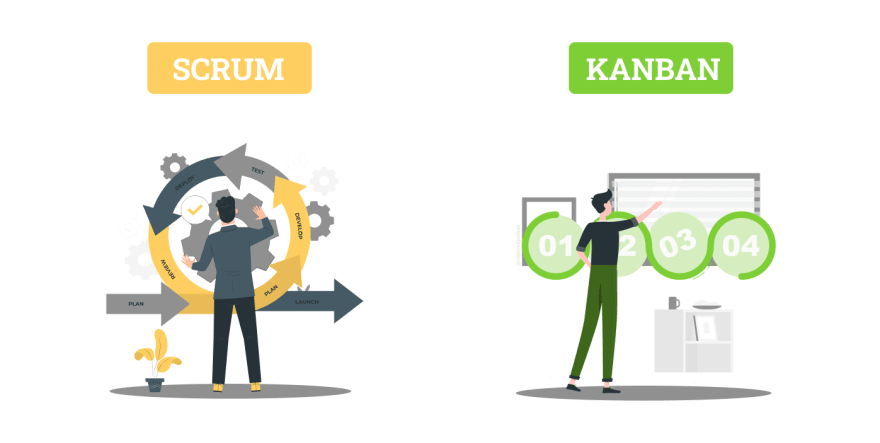

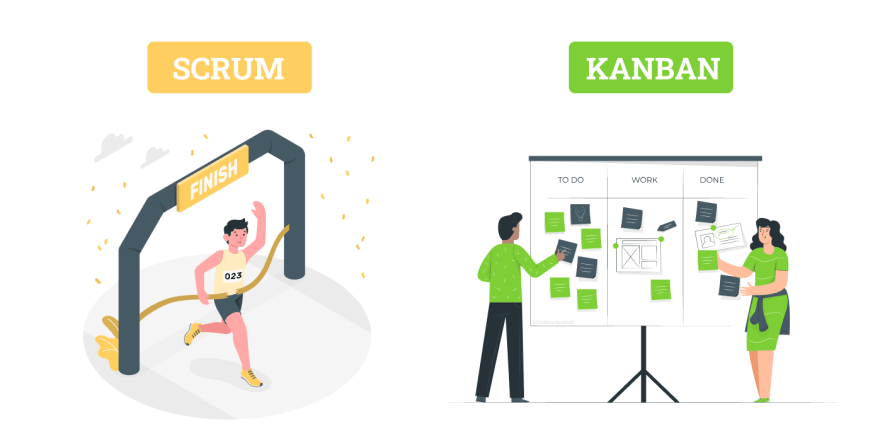
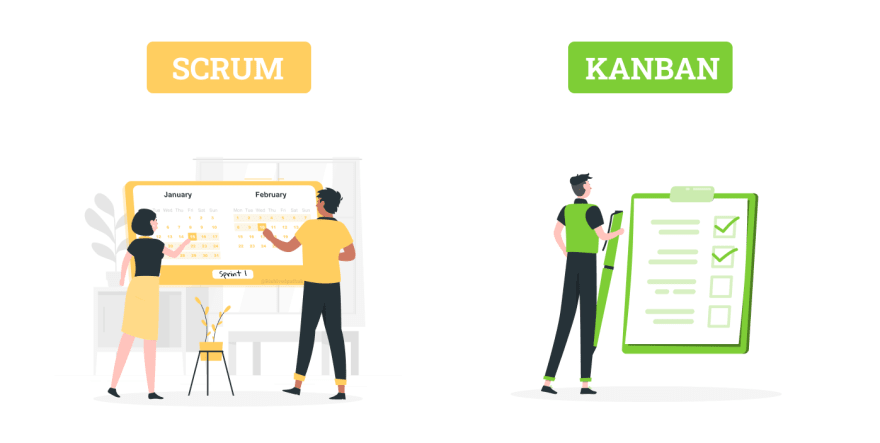
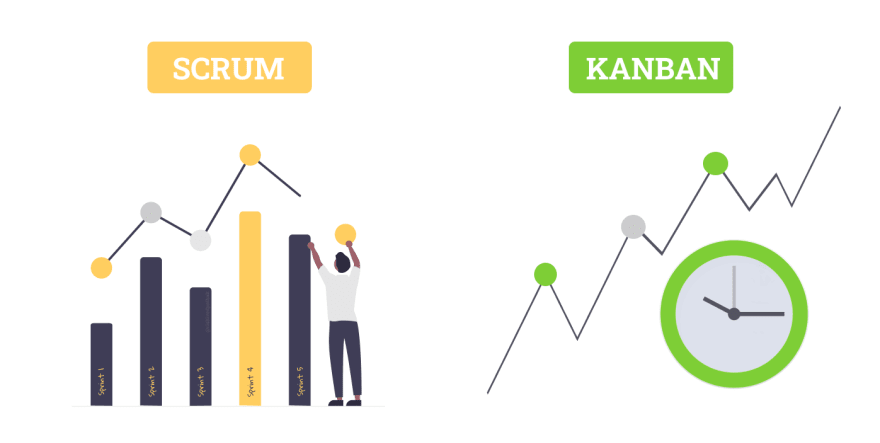

Top comments (1)
depending on the project
scrum:
youtube.com/watch?v=cV8A_a_ev9E
kanban:
youtube.com/watch?v=U4kfbcUzD9Q